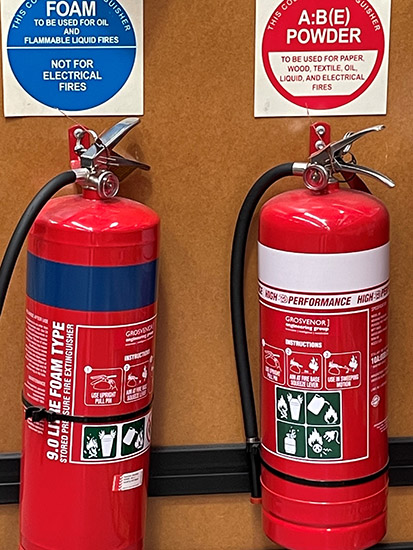 Generally, safety management involves controlling the organizational activities and applying principles, frameworks, processes for prevention of injuries and accidents, and minimizing other risks. On the other hand, a safety management platform can be termed as a systematic way of ensuring and managing safety with all the organizational structures, policies, procedures, and accountabilities.
A safety management platform has modules such as an Incident Report from, Hazard Identification, Near Miss Reporting and Hazard Reporting.
Generally, safety management involves controlling the organizational activities and applying principles, frameworks, processes for prevention of injuries and accidents, and minimizing other risks. On the other hand, a safety management platform can be termed as a systematic way of ensuring and managing safety with all the organizational structures, policies, procedures, and accountabilities.
A safety management platform has modules such as an Incident Report from, Hazard Identification, Near Miss Reporting and Hazard Reporting.


 Safety management is typically a continuous improvement process that minimizes hazards and prevents occurrences of safety incidents. It's a critical aspect of an organization that protects staff's health and safety and should be integrated into each daily process. Making workplace safety to be part of the organization's culture reduces injuries.
Safety management is typically a continuous improvement process that minimizes hazards and prevents occurrences of safety incidents. It's a critical aspect of an organization that protects staff's health and safety and should be integrated into each daily process. Making workplace safety to be part of the organization's culture reduces injuries.
 Risk registries are becoming increasingly popular in the safety management process and an integral part of your safety management system. This is because they provide an effective way to track and manage risks that could potentially put your business or clients at risk if not appropriately tended to. By utilizing a risk registry, organizations can quickly identify high-priority points of concern in their operations and responding accordingly. Whether you're just getting started with risk management or want to begin using a risk registry as part of your overall safety strategy, understanding how one works is essential for successful implementation.
Risk registries are becoming increasingly popular in the safety management process and an integral part of your safety management system. This is because they provide an effective way to track and manage risks that could potentially put your business or clients at risk if not appropriately tended to. By utilizing a risk registry, organizations can quickly identify high-priority points of concern in their operations and responding accordingly. Whether you're just getting started with risk management or want to begin using a risk registry as part of your overall safety strategy, understanding how one works is essential for successful implementation.
 With the increase of the challenges and pressure experienced by safety professionals, they tend to be more occupied in advocating the development and maintenance of safe workplaces, assessment of risks, identification and implementation of strategies to prevent injuries, and actively engage all the workers in the organization in the process of building an outstanding safety culture. Powerful and flexible safety management platforms efficiently help in the management of risks and ensure regulatory compliances.
With the increase of the challenges and pressure experienced by safety professionals, they tend to be more occupied in advocating the development and maintenance of safe workplaces, assessment of risks, identification and implementation of strategies to prevent injuries, and actively engage all the workers in the organization in the process of building an outstanding safety culture. Powerful and flexible safety management platforms efficiently help in the management of risks and ensure regulatory compliances.
